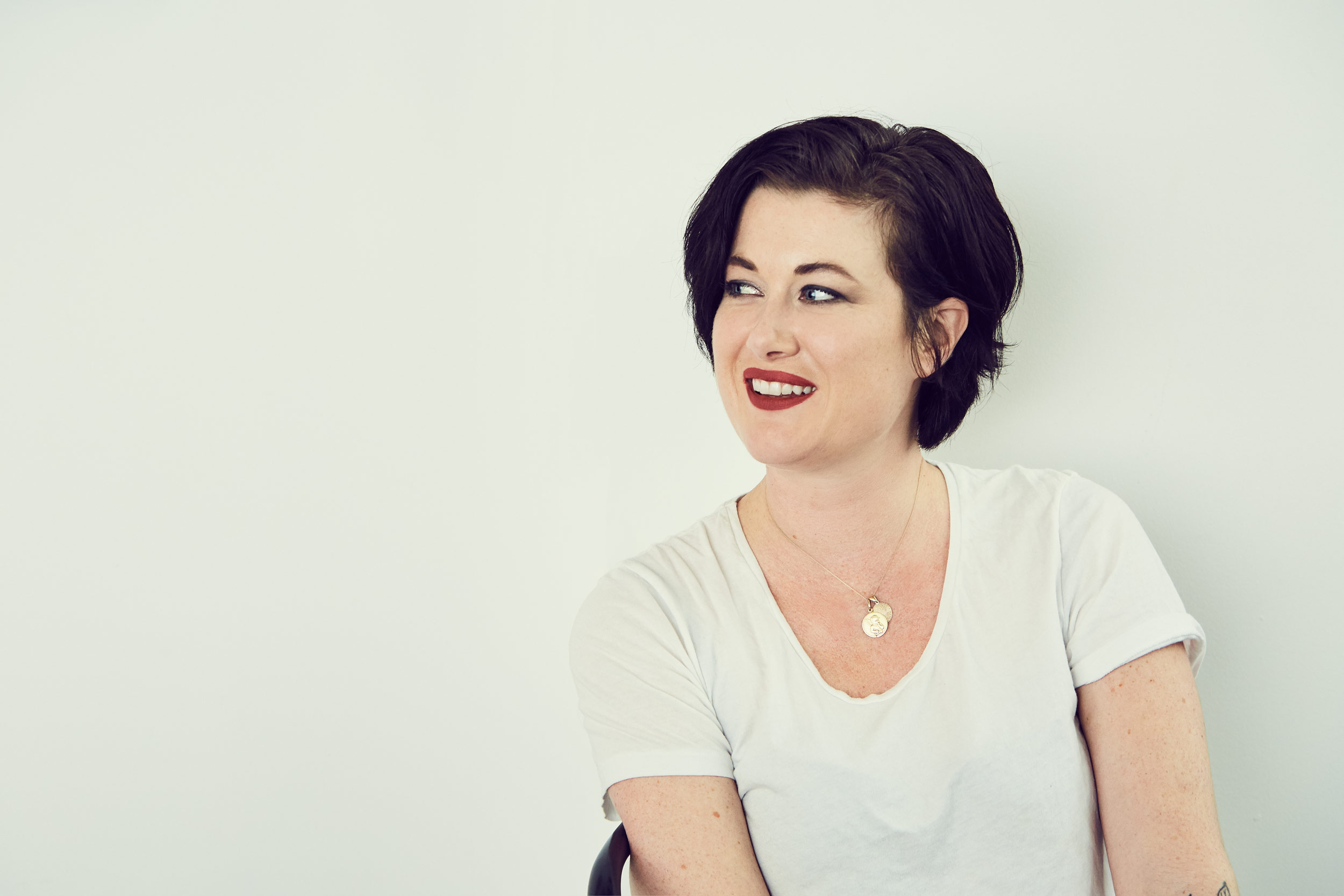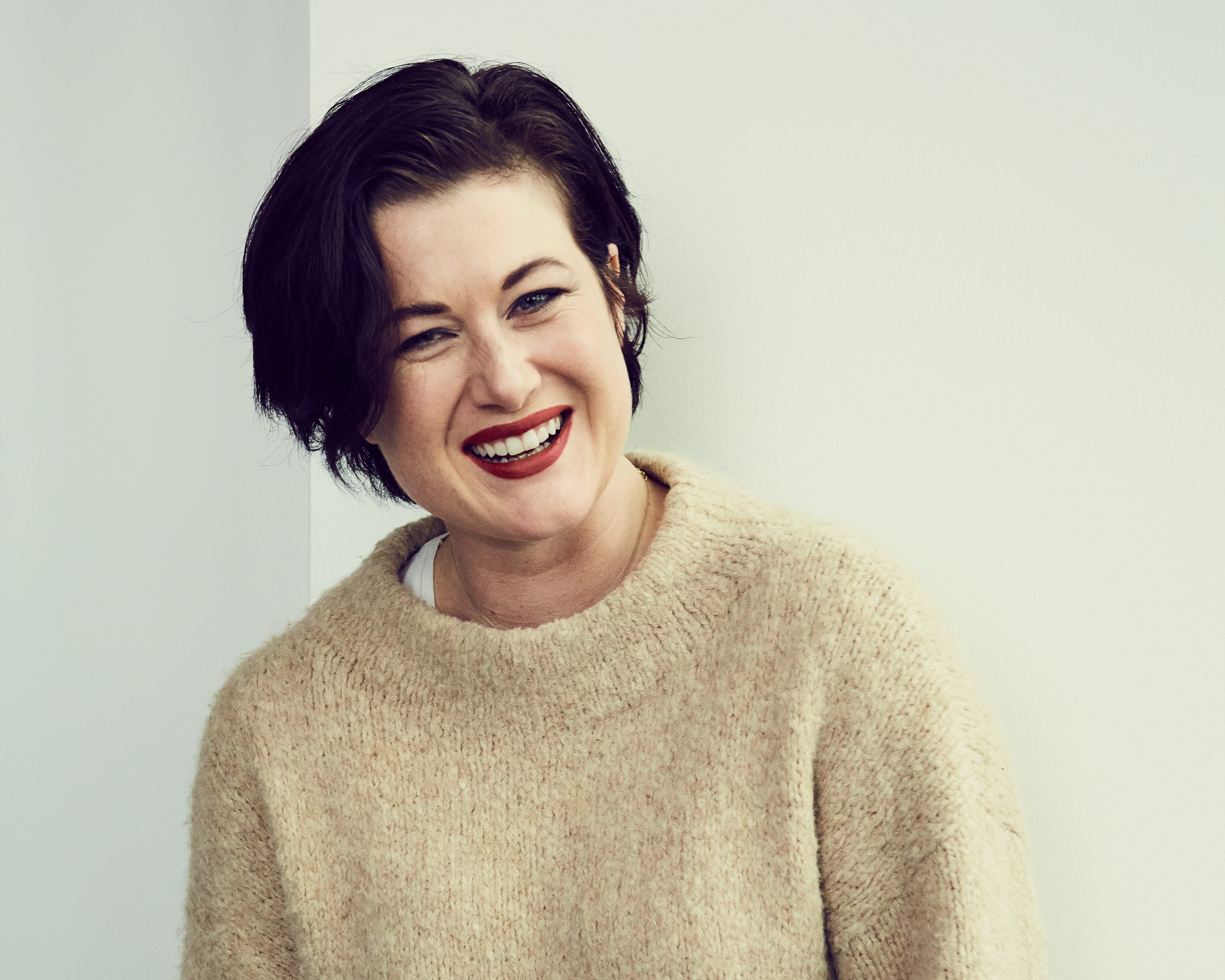
- Interview by Tina Essmaker November 8, 2016
- Photography by Meredith Jenks
Brianna Wettlaufer
- entrepreneur
- photographer
Brianna Wettlaufer, the Victoria, BC-based entrepreneur and CEO & Cofounder of Stocksy, found photography by accident, but once she did, she never looked back. The self-taught designer turned photographer turned entrepreneur, recalls her early years, her path into the world of photography, and overcoming resistance to build a business she believes in, for the community she loves.
Tell me about where you grew up and how your childhood influenced your thoughts about creativity. I’m a hybrid Canadian-American and spent my childhood living between the two countries. Creativity runs rampant in my family, from sign makers to dancers to my mother who was a painter and musician. It’s interesting—there’s that whole concept of families holding their children back from pursuing a career in the arts, but my family pushed me so heavily toward it that I rebelled and turned to computers and science. It was just too obvious.
So, I became a nerd who spent her lunch hour in the computer lab. By 16, creativity and technology collided and I knew graphic design was want I wanted to do in life. So I started skipping class to teach myself the necessary skills. I was never a bad kid, but was always strong-willed and possibly just a little bit weird. I heard dressing for the job you want gets you there faster, so I started coming to school in a full suit, stilettos, and black leather gloves—at the time I was a bit inspired by the Absolut Vodka ads of the 90s. (laughing)
What motivated you to teach yourself design? I’m really stubborn and like teaching myself without any help. I openly embrace the nerd inside that obsessively wants to understand everything. Really, you’ve got to just throw yourself in and figure things out intuitively.
Tell me what your first design jobs were like. I did random design jobs for a few years before deciding to move from San Diego to Canada. I walked into a design agency in Victoria, BC, and I sat there for four hours until the art director finally walked out and said, “Okay, fine. We’ll give you a chance.” He ended up taking me under his wing as a mentor, gave me the foundation I had missed being self-taught and, within a year, I was promoted to lead designer. Then, by age 20, one of our clients (a leadership firm) offered to hire me full-time as a creative director. It turned into an amazing experience, likely putting me on the path of rallying for empowerment.
How were you introduced to photography? The standard way for most designers, I think. I took photos and profiled artists and musicians for a blog I created for Victoria, BC. The more I hung out with the photographers I interviewed, the more I realized they were my people. They started pushing me to take the leap and that’s when I stumbled upon iStock and, being the obsessive personality I am, six months later iStock noticed that my IP was tracking more than anyone else on the site, so they reached out to me.
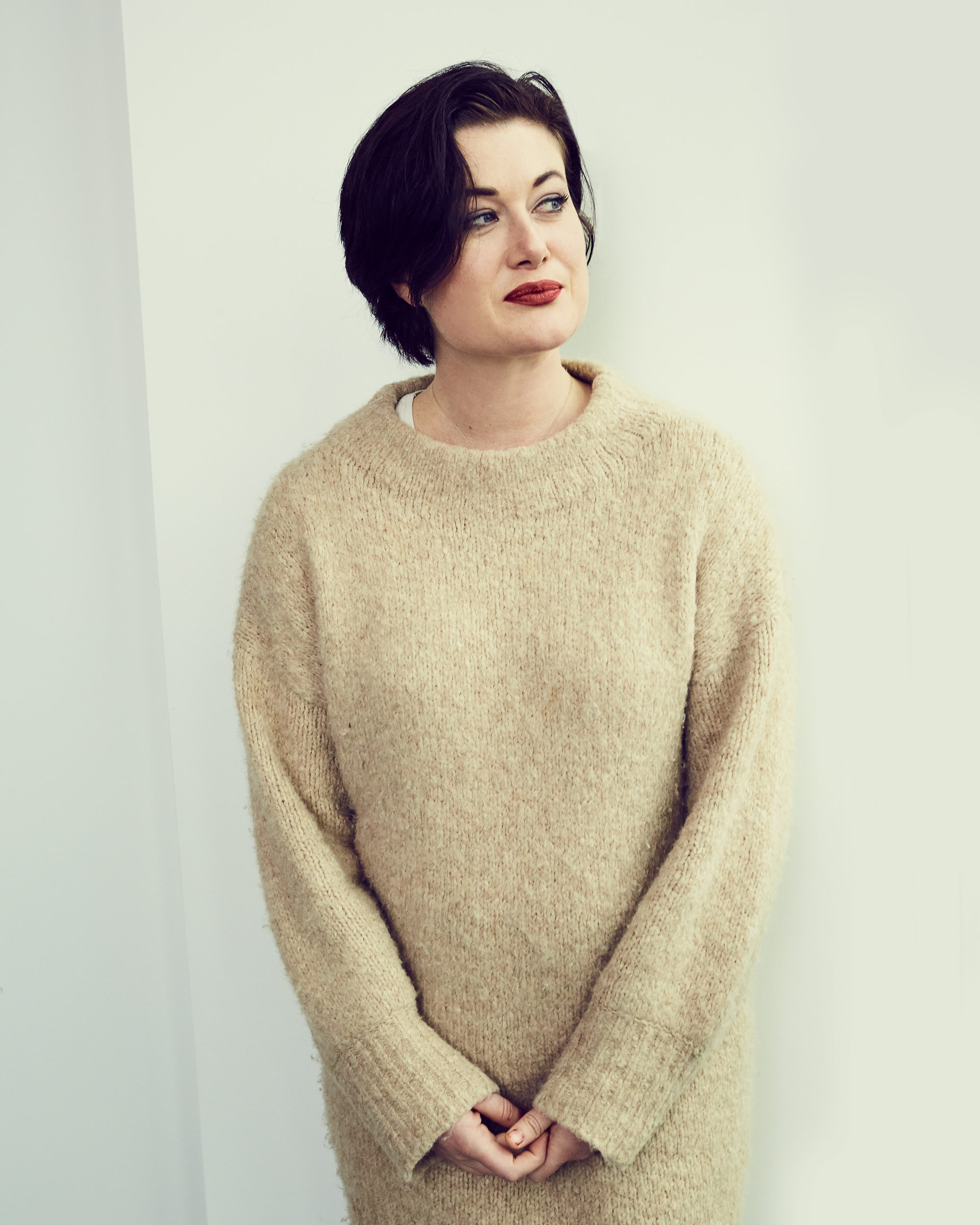
“By 16, creativity and technology collided and I knew graphic design was want I wanted to do in life. So I started skipping class to teach myself the necessary skills. I was never a bad kid, but was always strong-willed and possibly just a little bit weird.”
Wait, iStock offered you a job? Yes, I came on as a writer because they liked my blog. So, I packed my bags and moved to Calgary to work for iStock, which at the time was just four people in a garage. That took me into the stock world, and I never looked back.
And you worked your way up at iStock prior to Getty acquiring it, right? I worked my way up to VP of Development before the acquisition. I came in as a writer, but I couldn’t help trying to get involved in every aspect of the business. I wanted to streamline processes and figure out how we could raise standards to become a competitive force against the stock agency giants.
You’ve had multiple opportunities open up by saying yes to things before you know how to do them and then learning as you go. You have to be willing to take stuff on for the sake of learning until you know what you want to do with it. It’s those challenges that will not only increase your knowledge, but critical thinking, which is applicable in any field.
I think we’re at an interesting moment with this new generation. They hold out to do what they love and work for companies they feel good about. I think that drive and self-respect has been poorly misconceived and confused with a sense of entitlement. They just don’t want to be taken advantage of.
I think it can also be challenging to feel like your peers are finding their path and you don’t have one. That can be highly demotivating, but you have to get yourself out there and develop the habit of learning and loving what you do. In the tech world, there’s the luxury that tech is now a part of everything. You can try touching everything until you find that sweet spot that works for you.
That’s a great way to find out what you’re good at or enjoy doing. That’s how photography happened for me. It was a total accident. My other skills and my interests perfectly collided and then I entered into the stock world.
Let’s talk about that. How long were you at iStock before they sold to Getty? I was there just over four years—four years of working twenty-hour days to build something from the ground up. The sale was a decision that the founder and I had come to together because we wanted to see the company succeed and we thought that was the best way to get there, but I think we quickly learned that we knew more than we thought we did by looking behind the curtain.
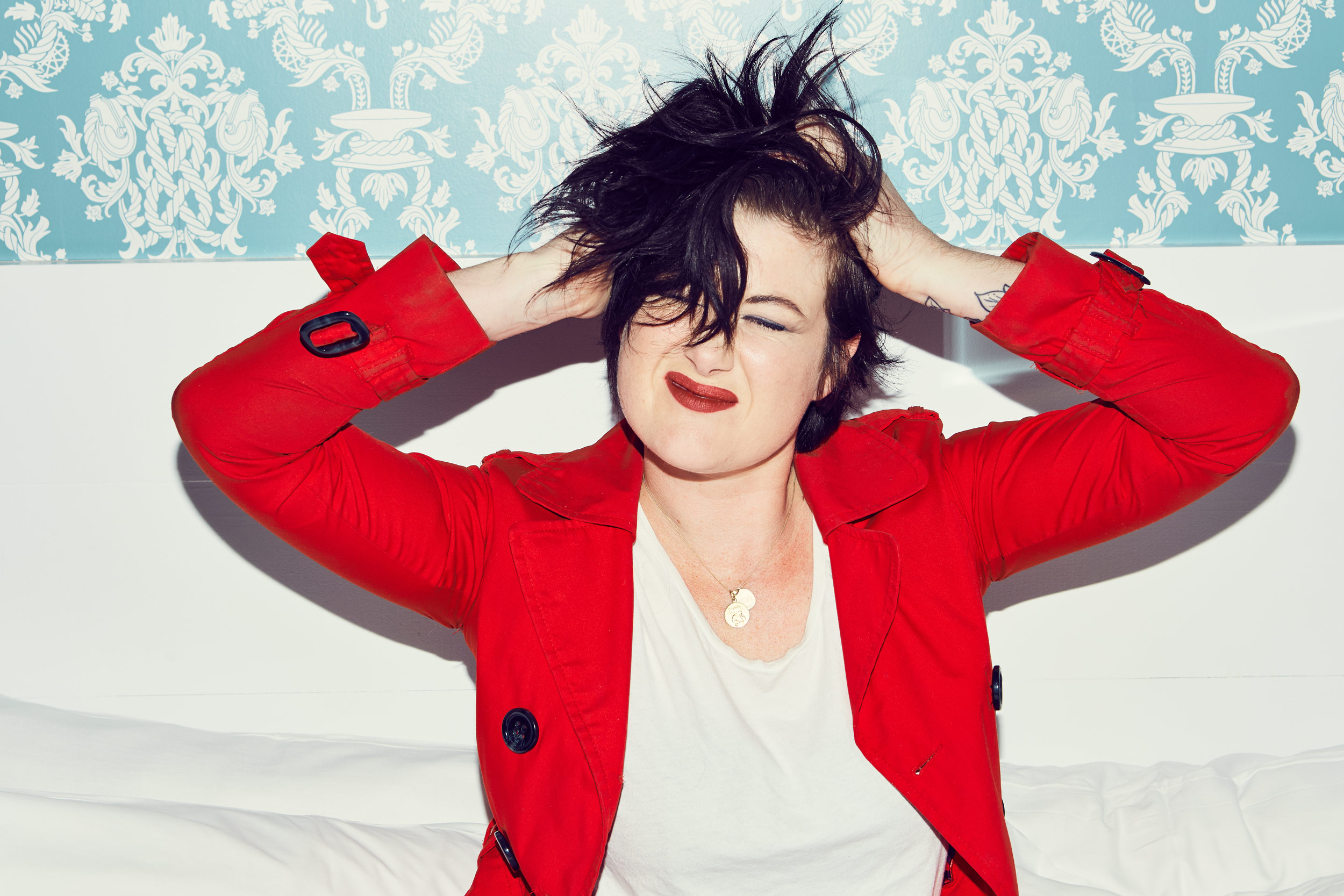

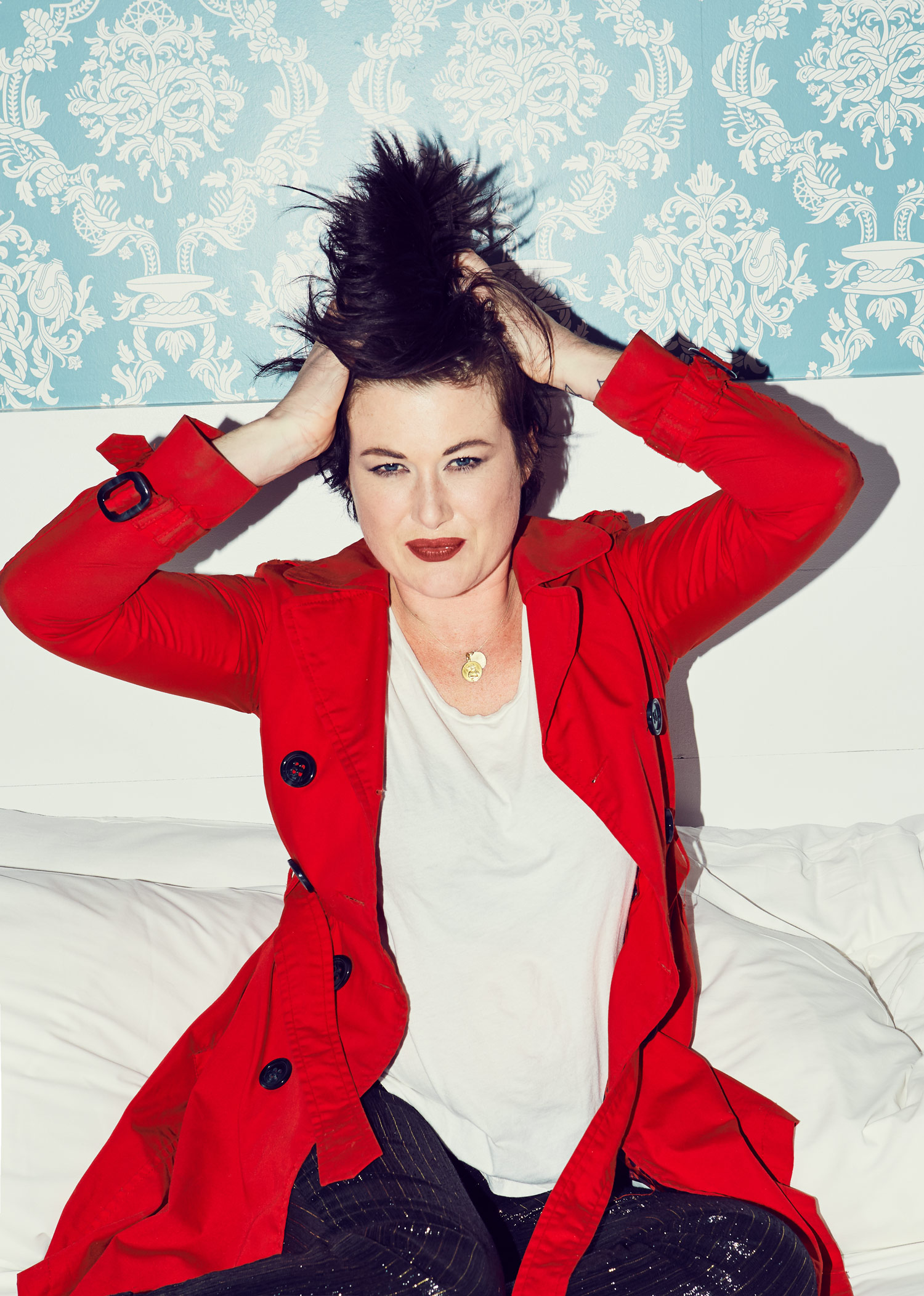
“You have to be willing to take stuff on for the sake of learning until you know what you want to do with it. It’s those challenges that will not only increase your knowledge, but critical thinking, which is applicable in any field.”
That’s interesting to hear. Sometimes it feels like the answer is out there somewhere, that someone else who’s been doing it longer has the magic. I’ve actually come to believe that if you become too entrenched in preconceived standards, you likely won’t come up with better methods and practices. I spend a lot of time actively avoiding the adoption of standard practices at the outset. I’d much rather see the problem and work to come up with a better solution.
Yes, and business models seems to be shifting as well. There is a definite shift that’s happening in how and why people are approaching business. Older companies were always heavily driven by finance and business development with the creative piece acting as a supporting role, dictated by executives. Today, I see a lot of amazing and inspiring companies forging a name for themselves by allowing the creatives to dictate development and having the business and finance departments supporting the creativity and vision. Sometimes you just have to say no to numbers.
Making decisions based on numbers can certainly get you in trouble. Totally. It’s short-sighted. We can squeeze this money out right now, but in the long run, we’ll start losing or hemorrhaging money because the quality and integrity of the product will become compromised.
Yes, and that’s a struggle for every business owner. How do you grow, but maintain integrity of your brand, which is difficult to do? One way I think I’ve been able to accomplish that is not hiring a ton of executives. I don’t have a VP of Marketing. I don’t have a CFO. We actually aim to keep our hierarchy as flat and collaborative as possible. I hired our full-time lawyer out of our community, so she’s also a photographer and highly vested in our product. Creatives are sometimes underestimated for their insight into business.
For sure. Let’s get back to your path. After iStock went to Getty, how long were you there? I know there were a number of years that you weren’t involved in stock photography at all, so what did you do during those years? I left iStock fairly quickly after it sold to Getty as I didn’t see eye to eye with where things were going. After that I took some time off and had a child. I later worked at Saatchi Art, where I helped them kickstart their business in LA by putting their curation standards in place and getting the site off the ground. After being so marketing heavy, that experience at Saatchi Art helped hone my taste for art and ended up driving a lot of the style and curation at Stocksy today.
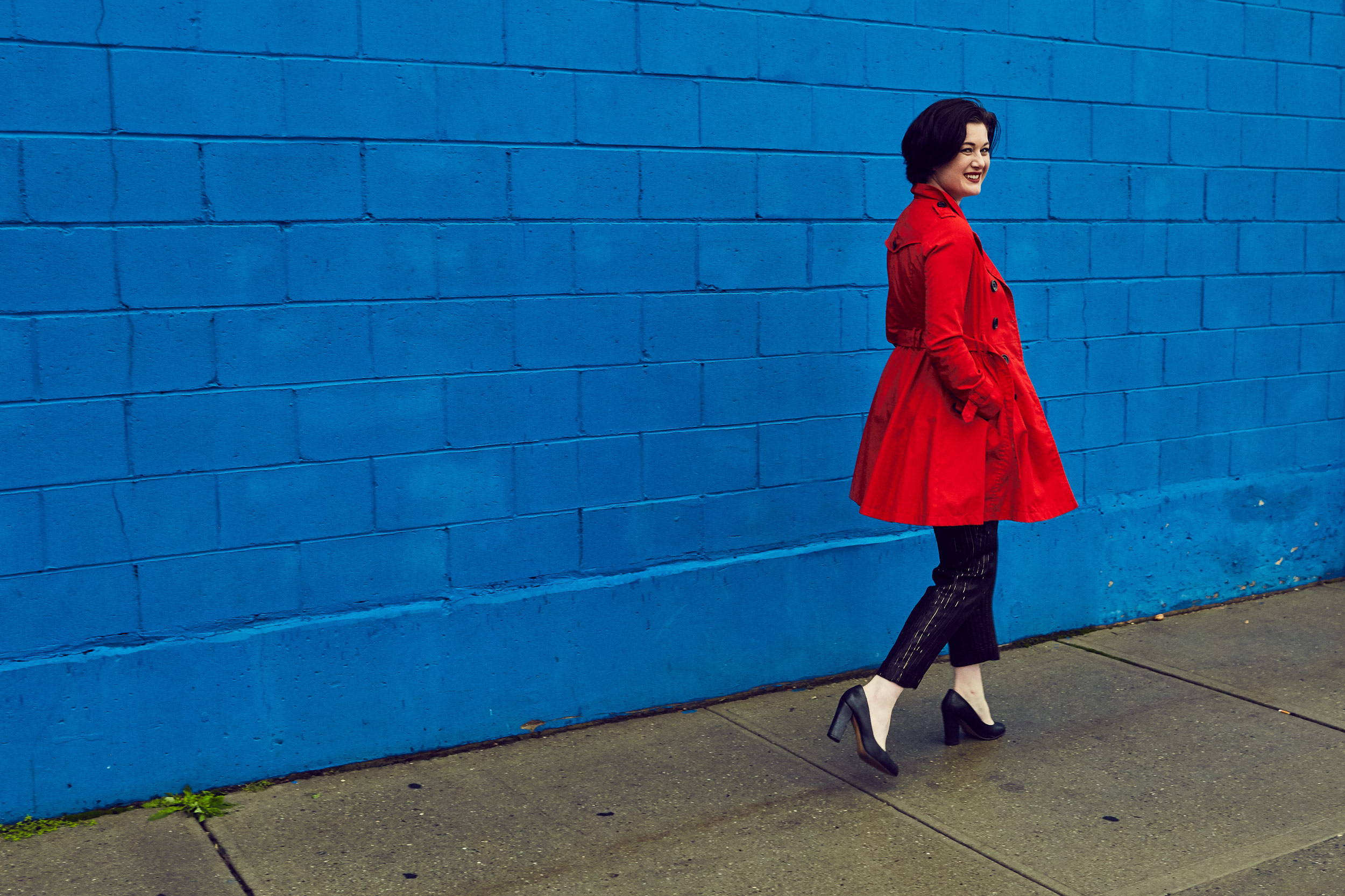
“I think we’re at an interesting moment with this new generation. They hold out to do what they love and work for companies they feel good about. I think that drive and self-respect has been poorly misconceived and confused with a sense of entitlement.”
When did Stocksy come into the picture? It was right after Saatchi. The friendships you can develop out of the photographer communities are incredible, for me anyways, especially since I had always been a misfit. I had to search the globe to finally find my people, the ones who shared the same vision.
When they would come visit, they kept asking when we were going to start a new stock company. At first, it was like, “Oh, hell no! I can’t go through that painful process again.” But we kept exploring it as a group and started to talk about how we could do this again, but this time in a way that guaranteed a transfer of power, ownership, and financial sustainability to the artists—that, of course, was the co-op model.
So you decided to give it a go. When did Stocksy feel real? We had a lot to prove with the launch of Stocksy; we were not only entering an incredibly competitive market, but we were doing it as a co-op, which can sometimes bring hippie stereotype baggage. Of course, those preconceived notions are misconceptions.
How did you land on the co-op model? We wanted to bring power and control back to the community, with a more humanistic profit-sharing model. In Canada, co-ops are a familiar model, so we moved back north and began hashing out what would later become a “Platform Co-op.”
We also decided to focus on quality over quantity by putting curation first and an aesthetic that, at the time, didn’t exist in stock photography. And, honestly, some people thought we were crazy. So, I think it felt real when we got our first call from a large, long-time established company wanting to sublicense from us because they said they had never seen a collection that was so strong.
Let’s shift a little and talk about the state of photography. What are the biggest challenges for photographers right now? Instagram and VSCO have had a huge effect on how people shoot and document their lives, and what people are interested in seeing, but that’s recently become a bit exploited. There’s nothing wrong with documenting your life, but the goal shouldn’t be about how many followers you can get. It’s about sharing your life in a way that hopefully has meaning to you.
The fact that we’re a co-op drives a lot of my opinions about community. Having access to a large population shouldn’t create a goal that’s focused on how many people we can reach, but rather how deep our connections can be. The online space in general is moving toward building meaning in a more localized way. I still think it’s important to share—just don’t be a dick about it.
“The friendships you can develop out of the photographer communities are incredible, for me anyways, especially since I had always been a misfit. I had to search the globe to finally find my people, the ones who shared the same vision.”
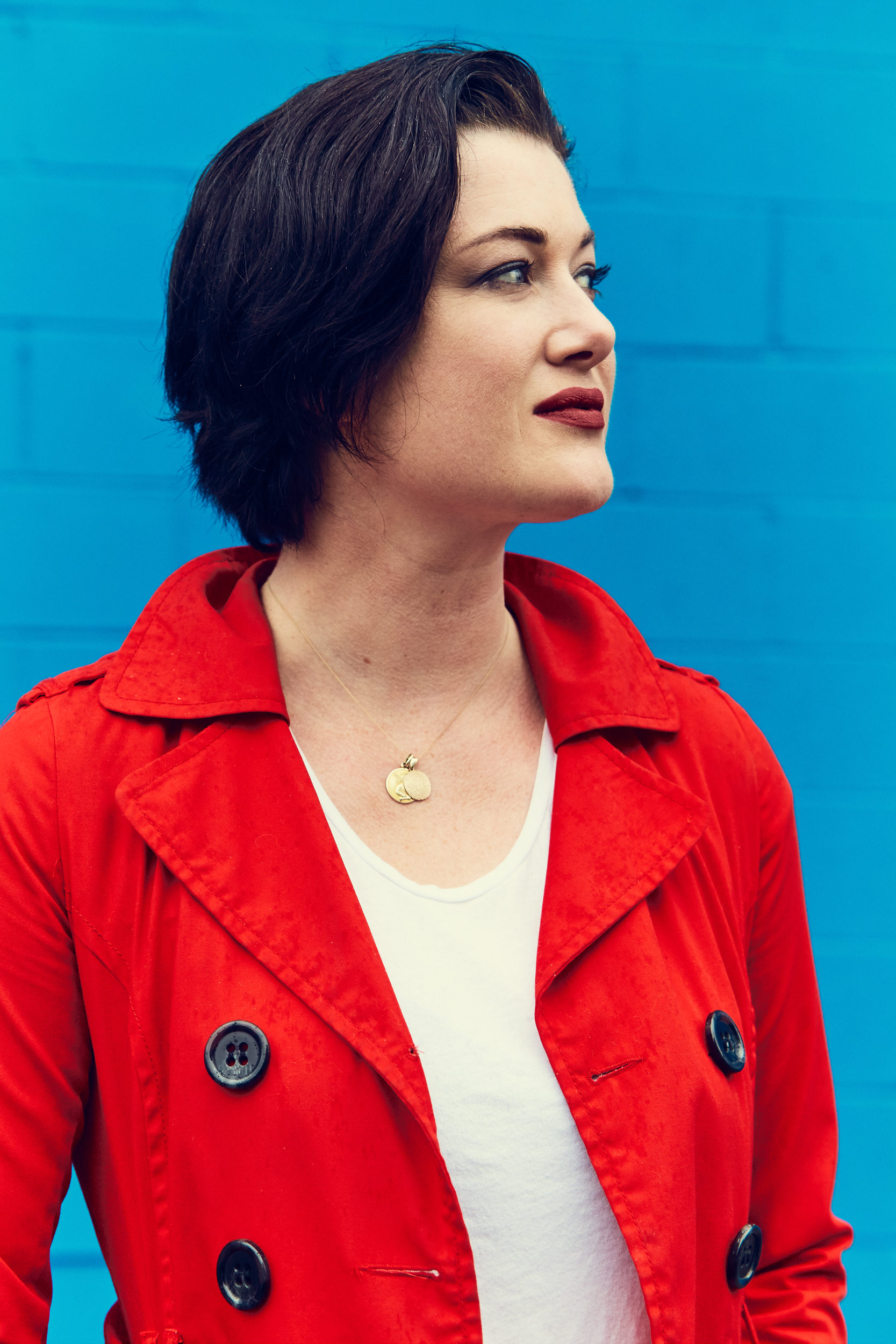
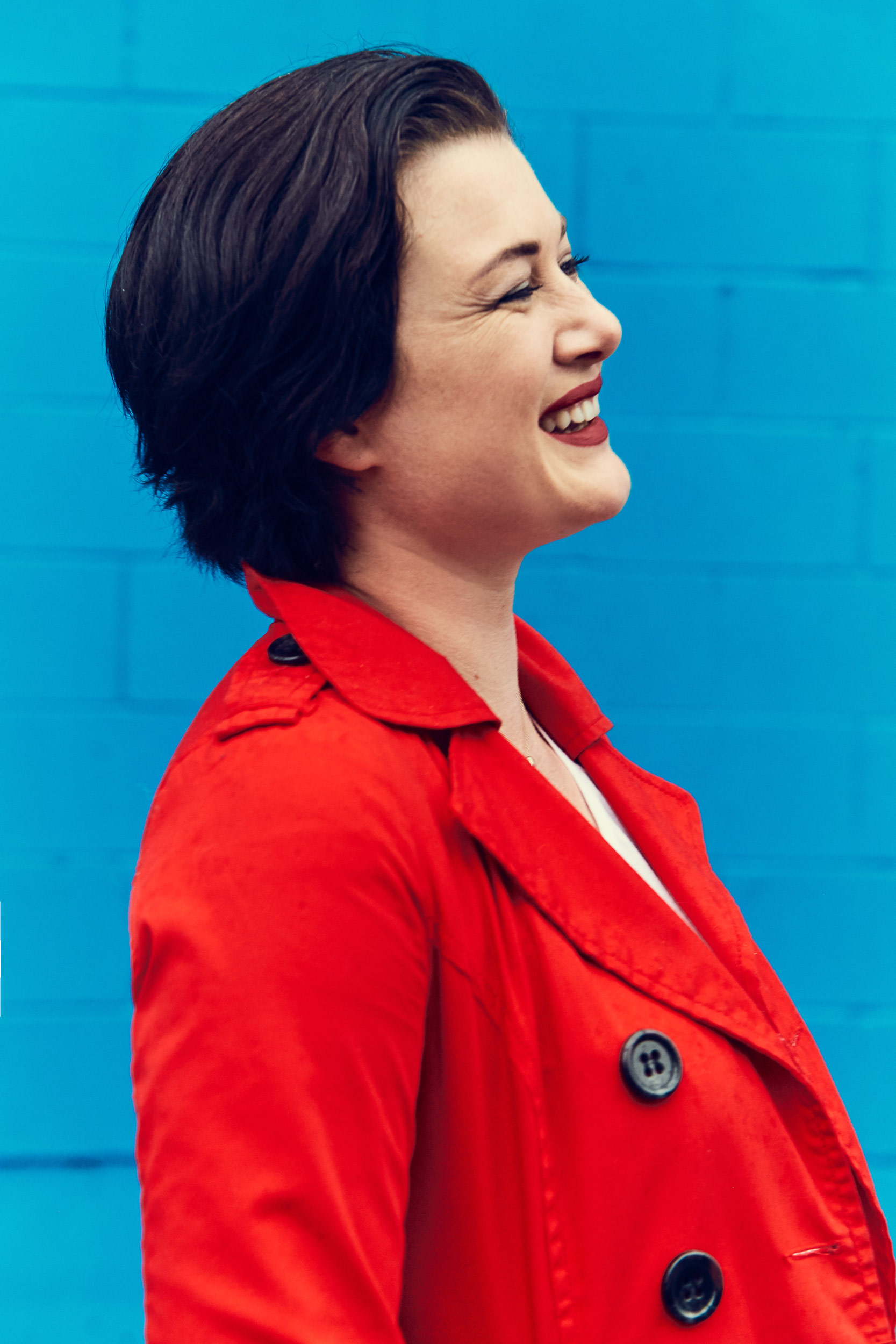
You can’t be everything to everyone. You have to find your people and create meaning for them. Yes, and even as you scale, you have to find ways to segment that so it stays meaningful. Everyone speaking all at once can sometimes create more noise than direction.
Definitely. So, do you still photograph for fun and do you feel creatively satisfied, either at or outside of work? The business takes so much of my time that I don’t have a lot left over to take photos, but planning a photo road trip is how I recharge.
At work, I feel creatively challenged and satisfied, but it takes work. On the day to day, we sometimes come to this interesting crossroads where the business decisions we make could put us on the path toward evolving into a company that makes soulless decisions. My goal is to always focus on respect and creativity. Even when we have to talk about numbers, I ask, what’s the fun narrative behind these and how can we visualize them in a way that has meaning? This helps us avoid becoming victim to the potential pitfalls so many companies fall into.
The balance between being creative and pragmatic—which you need to do to run a business—is tricky. You have to hire people who understand your values and know that those values are never going to change in relation to goals.
Teaming up with the right people is key. One person could steer the ship in the wrong direction. Definitely. Ego has been a big issue for us in the past. When people come in with a primary goal to be the smartest person at the table or for people to revere and respect them, they don’t last long.
This is a really general question, but what insights have you taken away from both running and building businesses from the ground up? It’s a constant process. The first lesson I learned was to trust myself. I wasn’t the only founder and we all had intense personalities and thoughts on how to run things. While building our work culture, I had a staff member tell me we were running the company like a “me vs. you” model. The leadership team had to take a long hard look at how the company was structured. We then were able to come together to solidify what supporting each other and collaborating really meant for our team.
I’ve since learned how to be a less stressed, more balanced person, with a better appreciation for the people who have now become like family.
I also learned, from selling iStock and growing this business from the ground up, when to stay still. If you’re feeling threatened or think someone else has the answer for you, don’t do anything until you figure it out for yourself.
That advice is spot-on. It’s important not to make big business decisions when you’re feeling burned out or desperate. So, how do you recharge when you’re feeling stretched thin? By creating a healthy work environment, I feel more comfortable saying that work is a lifestyle. For the last year, as my responsibilities have grown, I’ve tried to figure out how to not be hands-on with everything. I’ve learned to trust others because without them, I’d go insane.
Has that process been helpful for you? Oh yeah. It’s not like you make this easy decision, give everything away, and never look back. But everyone continuously surprises me with hidden talents and what they’re capable of. We’re lucky—we truly have an amazing team of people at Stocksy.
Okay, this is the last question. When you do something new, there’s often resistance at the start. Did you experience that resistance with Stocksy, and how did you push past it? I think anytime you’re working with a community who have come together over an issue that they’re commonly dissatisfied with, you’re going to have to deal with a highly emotionally charged situation. They may want your product or service, but might not believe it can be done because they’ve already been disenfranchised or let down so many times.
Don’t ever let that be a discouraging factor. If you lead that community by empowering and educating them with positive change and you include them in the process, then coming out successful on the other end is one of the most rewarding feelings you can ever have.
“Today, I see a lot of amazing and inspiring companies forging a name for themselves by allowing the creatives to dictate development and having the business and finance departments supporting the creativity and vision.”
